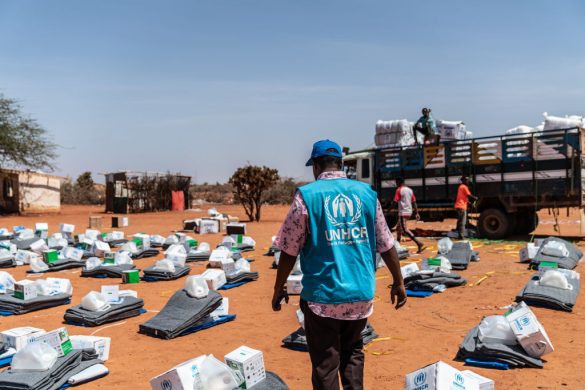Det fremgår af en pressemeddelelse fra CoalSwarm, et netværk af forskere, der beskæftiger sig med kul og alternativerne til den klimaskadelige energiform.
Rapporten offentliggøres onsdag, og det følgende er pressemeddelelsen fra CoalSwarm:
The amount of coal capacity under development worldwide saw a dramatic drop in the first half of 2016, mainly due to shifting policies in Asia. The results were reported today by CoalSwarm’s Global Coal Plant Tracker.
Overall, the “coal plant pipeline” – the total amount of coal-fired generating capacity in pre-construction planning – dropped from 1,090 Gigawatts (GW) in January to 932 GW in July, a decline of 14 percent globally.
Among regions East Asia led with a 22 percent decline. The total reduction worldwide, 158 GW, is approximately the size of the entire coal-fired generating capacity of the European Union (162 GW).
One GW is enough electrical capacity to power 300,000 households at average global consumption levels.
Largest drop in China
The largest drop in the pre-construction pipeline was recorded in China (114 GW), followed by India (40 GW). Both countries recently announced major policy moves away from coal.
In April, China announced sweeping restrictions aimed at proposed coal-fired power plants in 13 provinces.
In June, India’s Ministry of Power issued an assessment stating that no further power plants would be needed in the next three years, and stating that “any thermal power plant that is yet to begin construction should back off.”
In Southeast Asia, several countries have taken steps toward reducing or delaying new coal power capacity.
New policies
In March, Vietnam revised its Revised Power Development Plan VII, canceling or postponing 23 GW of planned coal plants. Indonesia’s RUPTL 2016–2025, covering all power development in the coming decade, showed a rescheduling of over 7 GW of proposed coal power capacity to later years.
In July, Philippines Environment and Natural Resources Secretary Gina Lopez announced new plans to prioritize renewable energy over coal in the permitting process.
CoalSwarm Director Ted Nace said,
“While the recent shrinkage in the coal plant pipeline is significant progress, much steeper reductions are needed to avoid serious danger. The levels of capacity in construction (350 GW) and in planning (930 GW) far exceed the carbon budget for limiting warming to 1.5°C. Further, a new report from the IEA shows 6.5 million deaths a year from air pollution, with coal a main factor.”
Full details can be found in the report “A Shrinking Coal Plant Pipeline: Mid-2016 Results from the Global Coal Plant Tracker” and on the Global Coal Plant Tracker summary data page on EndCoal.















